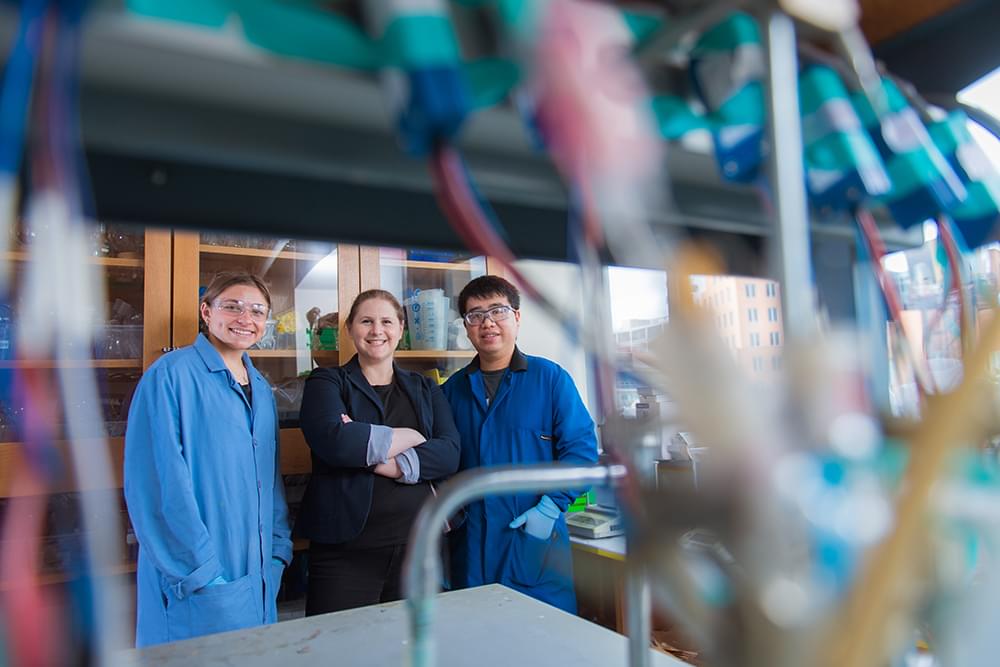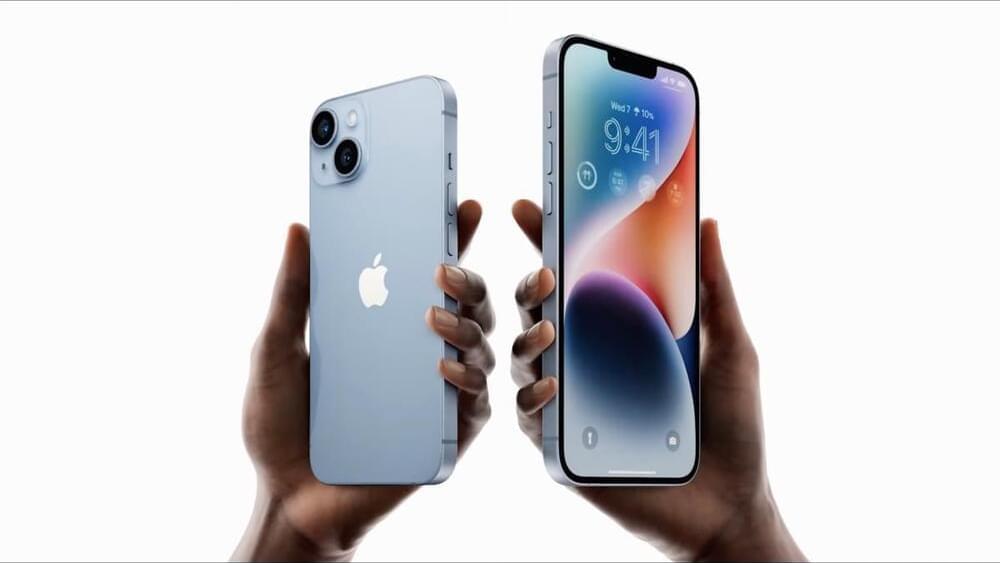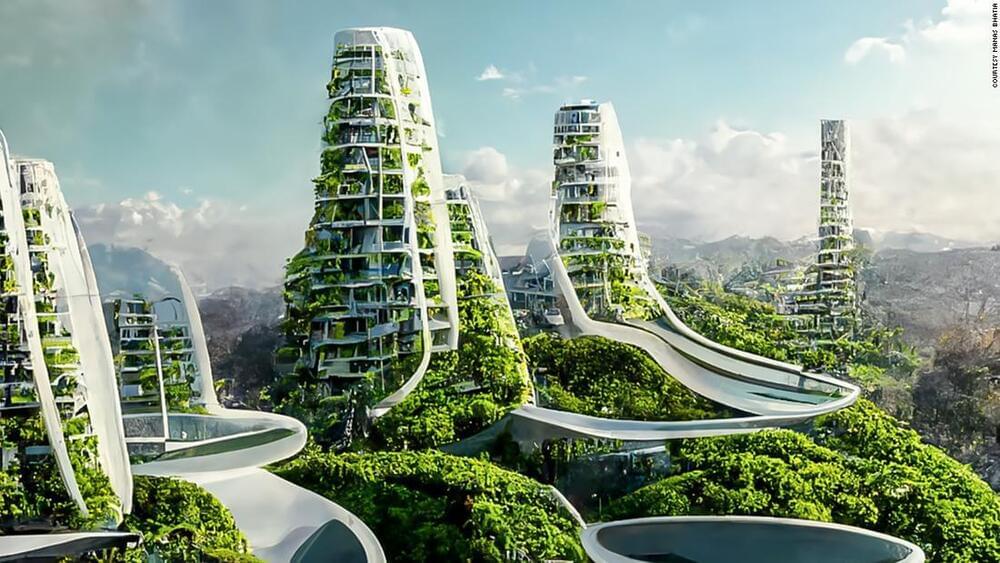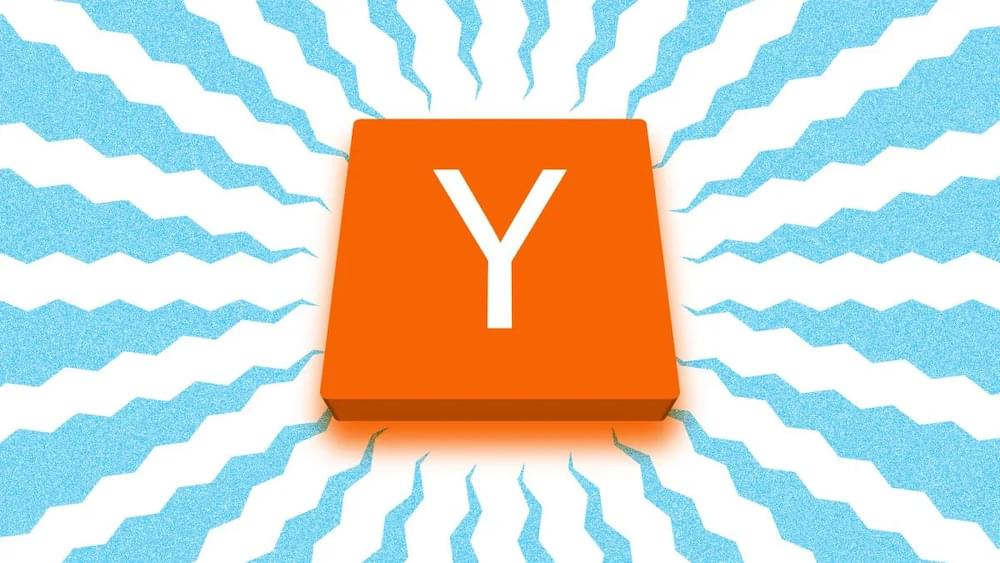March 2019 Workshop
Get the latest international news and world events from around the world.

Your head will spin after reading what Stephen Hawking thought about the multiverse!
The concept or idea of a multiverse fascinates physicists’ as much as sci-fi fans, but if science was able to prove it exists, could every type of universe within it actually be predicted? The late Stephen Hawking believed there was a way to shed light on this strangest cosmic mystery.
Hawking’s final paper, published in the journal High-Energy Physics revisits one of his earlier (and no less mind-blowing) theories. The “no-boundary proposal” considers Einstein’s suggestion that the pre-Big Bang universe was a singularity, an extremely dense and hot micro-speck of matter where the laws of physics didn’t apply. Hawking speculated that time as we know it was nonexistent in this singularity, which had no beginning and no end—infinite and spherical rather than finite and linear. The embryonic universe is thought to have expanded rapidly and spawned parallel worlds during a period known as cosmic inflation.
Artemis I September Launch In Work SpaceX Starship Update
NASA is trying to pull a rabbit out of the hat to launch Artemis I this month. Watch to hear about this and other launch options in work. The main driver is getting waivers from range control on the Flight Termination System (FTS). Find out why the last attempt was scrubbed. The SpaceX Starship engine test campaign is also covered in this video after discussions of the advantages and disadvantages of using hydrogen fuels.
Worm-hole generators by the pound mass: https://greengregs.com/
For gardening in your Lunar habitat Galactic Gregs has teamed up with True Leaf Market to bring you a great selection of seed for your planting. Check it out: http://www.pntrac.com/t/TUJGRklGSkJGTU1IS0hCRkpIRk1K
Awesome deals for long term food supplies for those long missions to deep space (or prepping in case your spaceship crashes: See the Special Deals at My Patriot Supply: www.PrepWithGreg.com.

Turning carbon dioxide into valuable products
Assistant Professor Ariel Furst and her colleagues are looking to DNA to help guide the process.
Carbon dioxide (CO2) is a major contributor to climate change and a significant product of many human activities, notably industrial manufacturing. A major goal in the energy field has been to chemically convert emitted CO2 into valuable chemicals or fuels. But while CO2 is available in abundance, it has not yet been widely used to generate value-added products. Why not?
The reason is that CO2 molecules are highly stable and therefore not prone to being chemically converted to a different form.
Using DNA, MIT chemical engineers have found a way to speed up a chemical reaction that is key to converting captured carbon dioxide emissions into useful, valuable products.

The iPhone 14 ditches physical SIM cards for eSIM
Apple’s new iPhones — the iPhone 14 and iPhone 14 Plus — won’t have physical SIM cards. The company announced the nugget at its event in Cupertino today, revealing that eSIM will be the only way the iPhone 14 series authenticates with wireless carriers — at least in the U.S.
ESIM lets you change a wireless carrier, data or service plan through software rather than having to swap a physical SIM card. It’s hardly a new technology, but it’s only within the last few years that eSIM has become more common on mainstream mobile devices.
Apple said that major carriers including T-Mobile, Verizon and AT&T will provide resources to assist with eSIM-related questions, service upgrades and changes.

An architect asked AI to design skyscrapers of the future. This is what it proposed
Manas Bhatia has a bold vision of the future — one where residential skyscrapers covered in trees, plants and algae act as “air purification towers.” In a series of detailed images, the New Delhi-based architect and computational designer has brought the idea to life. His imagined buildings are depicted rising high above a futuristic metropolis, their curved forms inspired by shapes found in nature.
But the pictures were not entirely of his own imagination.
For his conceptual project, “AI x Future Cities,” Bhatia turned to an artificial intelligence imaging tool, Midjourney, that generates elaborate pictures based on written prompts.
A New Delhi-based architect’s bold vision of the future is not entirely of his own imagination.

The iPhone 14 can connect to satellites for emergency SOS features
Probably the biggest new feature for the iPhone 14, 14 Plus and 14 Pro isn’t one you’ll use ever day, but you’ll be glad you have it if you need it. The new phones have a built-in satellite connection that people can use to send emergency SOS messages in places where there’s no available cellular signal.
First, your iPhone will help you orient your phone in the direction you need to point it to get the best signal. Once you have a connection, you can open up a message interface that lets you communicate with emergency service providers. Apple says that because of satellite connectivity limits, it’ll take much longer to send messages than you’re used to, so the feature includes some automatic questions it prompts you to answer, like “is anyone hurt?” It’ll have auto-populated answers that you can tap to respond. Apple is also compressing messages to a third of their normal size to make sending them a little quicker.
Apple say that once the message is sent to the satellite, it then gets routed to emergency response centers; if those centers are only set up for voice calls, they’ll first be passed to a response center that’ll then get in touch with emergency response.

Here’s where YC’s latest batch of founders are placing fintech bets
Y Combinator’s latest cohort of founders have opinions on the future of fintech. One-fifth of the accelerator’s Summer 2022 batch, which spans 240 companies, is working on solving issues in the financial space. The pitches range from building the Square for micro-merchants in Latin America to creating a way to angel invest in your favorite athlete.
And while the pitches are diverse, some concentrations show key ways that a group of vetted entrepreneurs are thinking about the landscape’s shift in light of finicky venture markets, a downturn, and some public market meltdowns. The most popular problem area among this batch’s fintech cohort has to do with payments, which is unsurprising. The story really begins with which focus made second place: neobanks.
Startup Behind AI Image Generator Stable Diffusion Is In Talks To Raise At A Valuation Up To $1 Billion
With the image generator Stable Diffusion, you can conjure within seconds a potrait of Beyoncé as if painted by Vincent van Gogh, a cyberpunk cityscape in the style of 18th century Japanese artist Hokusai and a complex alien world straight out of science fiction. Released to the public just two weeks ago, it’s become one of several popular AI-powered text-to-image generators, including DALL-E 2, that have taken the internet by storm.
Now, the company behind Stable Diffusion is in discussions to raise $100 million from investors, according to three people with knowledge of the matter.
Stability AI’s open source text-to-image generator was released to the general public in late August. It has already accumulated massive community goodwill — and controversy over how it’s been used by individuals on websites like 4chan.

The Welwitschia genome reveals a unique biology underpinning extreme longevity in deserts
Circa 2021 face_with_colon_three
Welwitschia mirabilis is a unique plant that only has two leaves, but it can survive in hostile conditions of the African desert. Here, the authors report its chromosome-level genome assembly and discuss how gene function and regulation have given rise to its unique morphology and environmental adaptions.